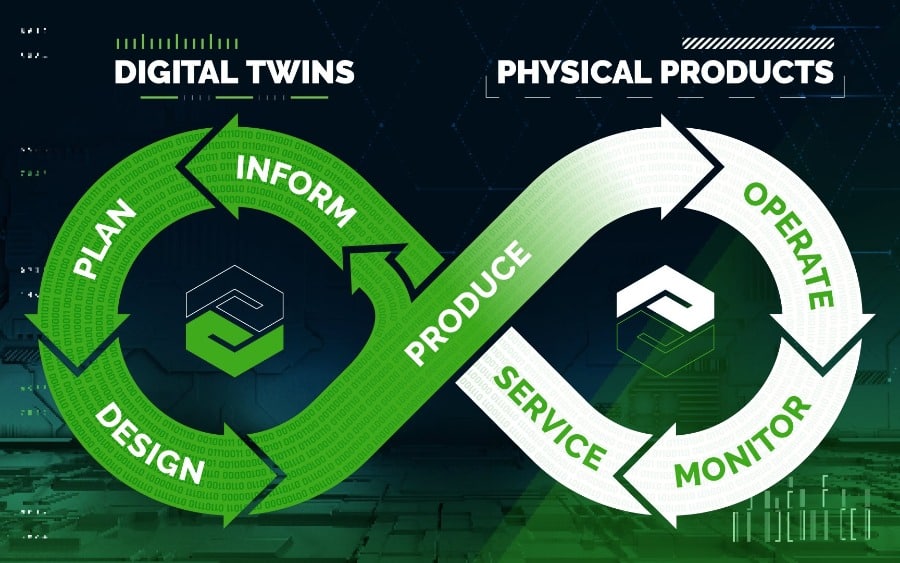If you pay attention to any business journals or industry publications, you’ve seen the phrases “Digital Transformation” (DX) and “Industry 4.0” (I4.0) used quite a bit. Do you know what these hot button phrases mean?
Let’s begin with a brief history lesson. The First Industrial Revolution used water and steam power to mechanize production. The Second used electric power to create mass production. The Third used electronics and information technology to automate production. Now a Fourth Industrial Revolution is building on the Third, the digital revolution that has been occurring since the mid-1900s. Industry 4.0 is a fusion of technologies that blurs the lines between the physical, digital, and biological spheres. Based on this Industry 4.0 meaning, the Fourth Industrial Revolution is Digital Transformation itself. However, Digital Transformation is not limited to industry. We are witnessing Digital Transformations in finance, medicine, education, and media as well.
For manufacturing companies, the need to digitize is apparent. Some critical areas where DX increases efficiency for manufacturers include:
- faster and more efficient design processes
- enhanced collaboration
- simulation and “digital twin” technology that greatly reduces prototyping costs
- additive manufacturing for production
- “digital threads” that eliminate data siloing between business units
The key emphasis here is on data. As engineering data is democratized across an organization, every facet of the business benefits. Don’t think of 3D CAD models as strictly engineering files — making these files accessible outside of the engineering department is ultimately the end goal of any Digital Transformation journey. Product Lifecycle Management (PLM) software isn’t a static data vault, it’s an ERP system for engineering data that spans multiple internal and external departments. Companies that invested in the proper tools and adopted DX strategies early on have moved into leading market positions, beating their competition thanks to efficiency and innovation that grew out of cohesive efforts to transform their businesses. PLM, Augmented Reality, and the Internet of Things continue to expand possibilities for industrial manufacturers in the 2020s.
If you’re company has not embraced I4.0, it’s not too late, but time is ticking. Experts are already anticipating a Fifth Industrial Revolution, built on deep, multi-level cooperation between humans and machines as artificial intelligence, robotics, and virtual workspaces become more and more sophisticated. As technologies advance, the next stage of advancement seems closer than most of us considered possible.

